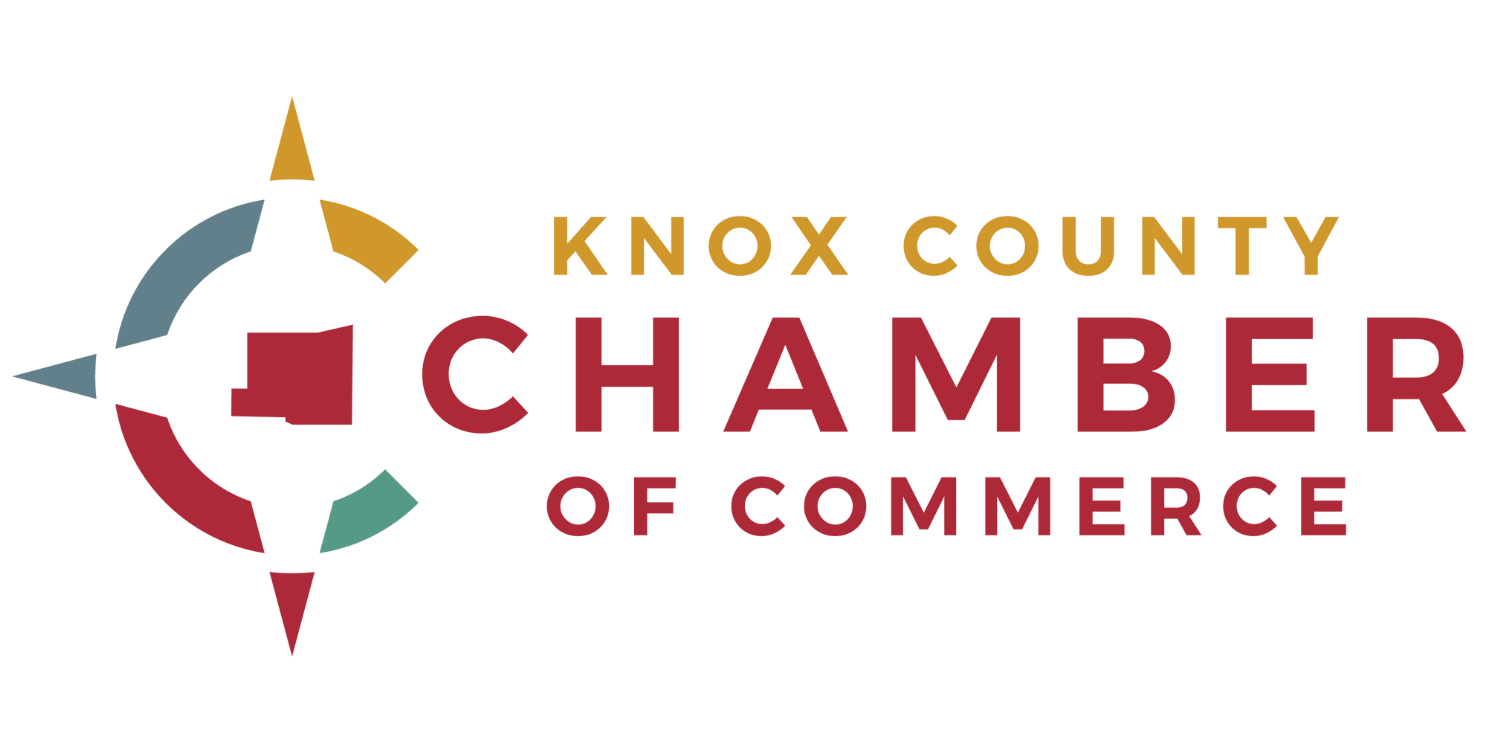How to Be Inclusive Without Rebuilding Everything
You don’t need a grant, a legal team, or a complete business remodel to make your business more inclusive. In fact, most progress starts with a few quiet shifts: the way you word a menu, structure your website, or greet someone at your door. Inclusion isn’t an identity campaign—it’s a survival advantage. And it’s not just about who can access your space; it’s about who feels expected.
Start With the Business Case, Not the Checkbox
Inclusion isn’t charity. It’s leverage. Customers remember the businesses that remember them. And when you shift from performative accessibility to real-world participation, your audience grows—and stays. There’s growing evidence that prioritizing accessibility positions you for growth by building stronger trust, word-of-mouth, and long-term loyalty across demographics that are often overlooked or underserved. When customers recognize themselves in your space—in your signs, your language, your entryway—they don’t just buy; they return.
Understand Your Legal Baseline Without Getting Paralyzed
You don’t need to be fluent in legal code to start, but understanding the essentials can prevent confusion and fear-driven inaction. The Americans with Disabilities Act (ADA) applies to most businesses that serve the public, but it’s more flexible than many assume. For example, it allows for proportional, “readily achievable” adjustments rather than one-size-fits-all mandates. This primer for small business ADA obligations makes it clear that the first step isn’t expensive renovation—it’s awareness. Knowing what’s expected lets you prioritize better and spend smarter.
Bridge Language Gaps Without Starting from Scratch
Inclusivity includes language. Customers who don’t speak English fluently often navigate your website, signage, or audio content with difficulty—or give up altogether. You don’t need a team of translators to meet them halfway. Using an audio translator tool, you can convert key recordings into multiple languages while preserving your original voice tone and emotional intent. This move makes a huge difference in how clearly—and respectfully—your message comes through.
Fix the Website Before the Floorplan
More people visit your website than your front door. That’s where many exclusions begin. If your site can’t be navigated with a keyboard, or if images lack descriptive alt text, you’re silently turning people away. The good news? Fixes are often inexpensive and quickly deployed. Web accessibility matters for every visitor, including mobile-only customers, older adults, and those navigating with adaptive tools.
Reframe Accessibility as an Efficiency Move
You might be surprised how often inclusive tweaks also improve workflow. Adding visual labels helps customers, yes—but it also speeds up team training. Rethinking seating helps folks with walkers and new parents with strollers. And when it comes to employee accommodations, the data doesn’t lie: most workplace changes cost under fifteen‑hundred, and many are entirely free. Start by asking—not assuming—what someone needs. That one act signals that you’re not only compliant, but competent.
Make Inclusive Design the Default, Not the Upgrade
Inclusive design doesn’t ask “What’s wrong with this person?”—it asks “What’s missing in this environment?” The difference is profound. Businesses that design environments with diverse users in mind tend to serve everyone better—because the built-in flexibility allows for real human variation. Instead of bolt-on fixes after a complaint, inclusive design bakes adaptability into the layout, language, and logistics of your business from day one.
Small Changes, Real Momentum
There’s a myth that inclusion requires a reinvention. It doesn’t. One accessible entrance. One braille label. One conversation with someone who’s never been asked what makes a business usable for them. Start there. Even small intentional changes yield solid returns, especially when they come from an honest desire to invite more people in.
Inclusive business practices aren’t just for big companies with HR departments and renovation budgets. They’re for the café owner who installs a wider door. For the online shop that writes alt text with care. For the mechanic who asks if the waiting room works for a parent with a child. Inclusion isn’t a campaign—it’s an ethic. And most of the time, it starts with noticing who’s already trying to walk in.
Discover the community of Knox County and empower your business by joining the Knox County Chamber of Commerce today!
This Hot Deal is promoted by Knox County Chamber of Commerce Ohio.

